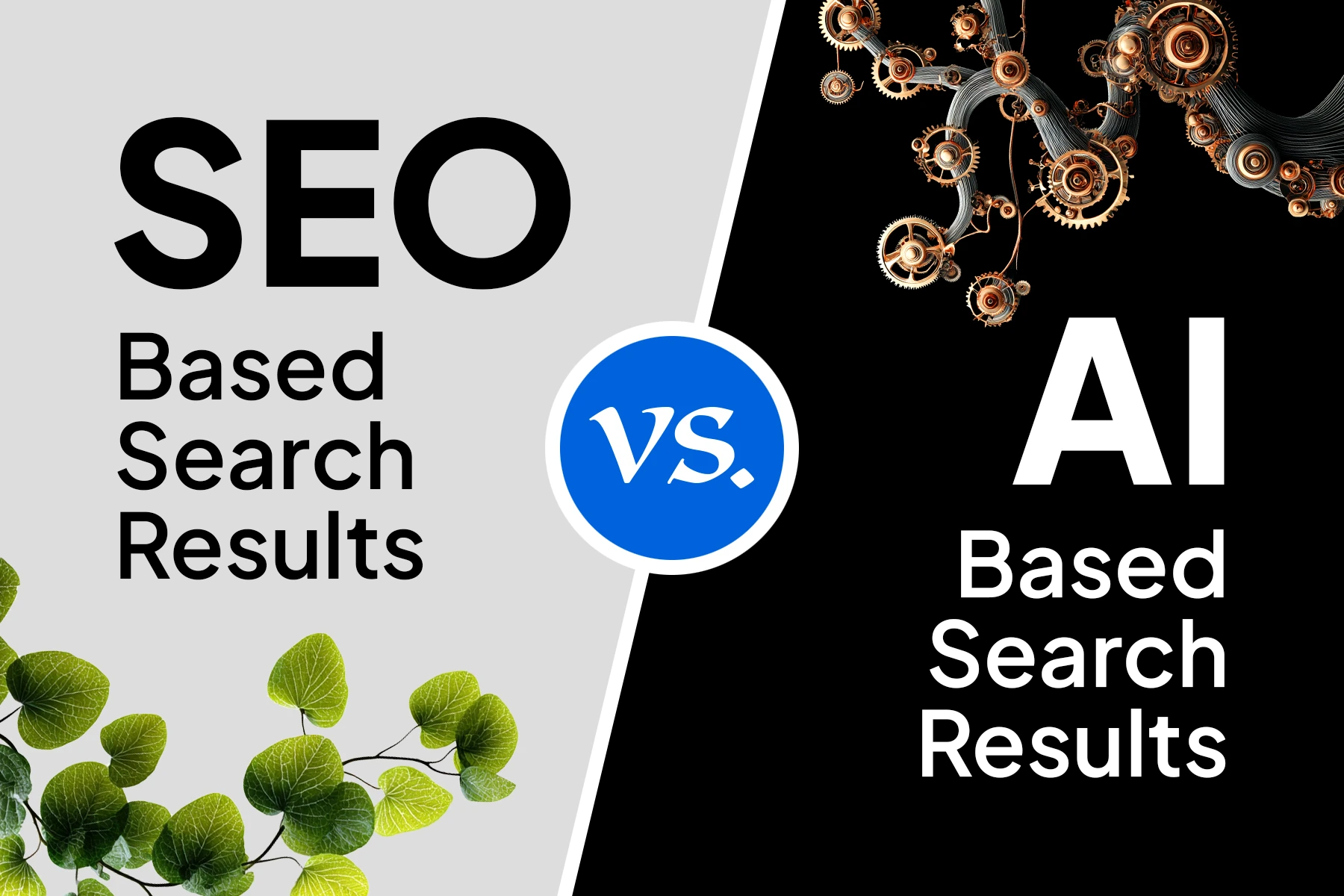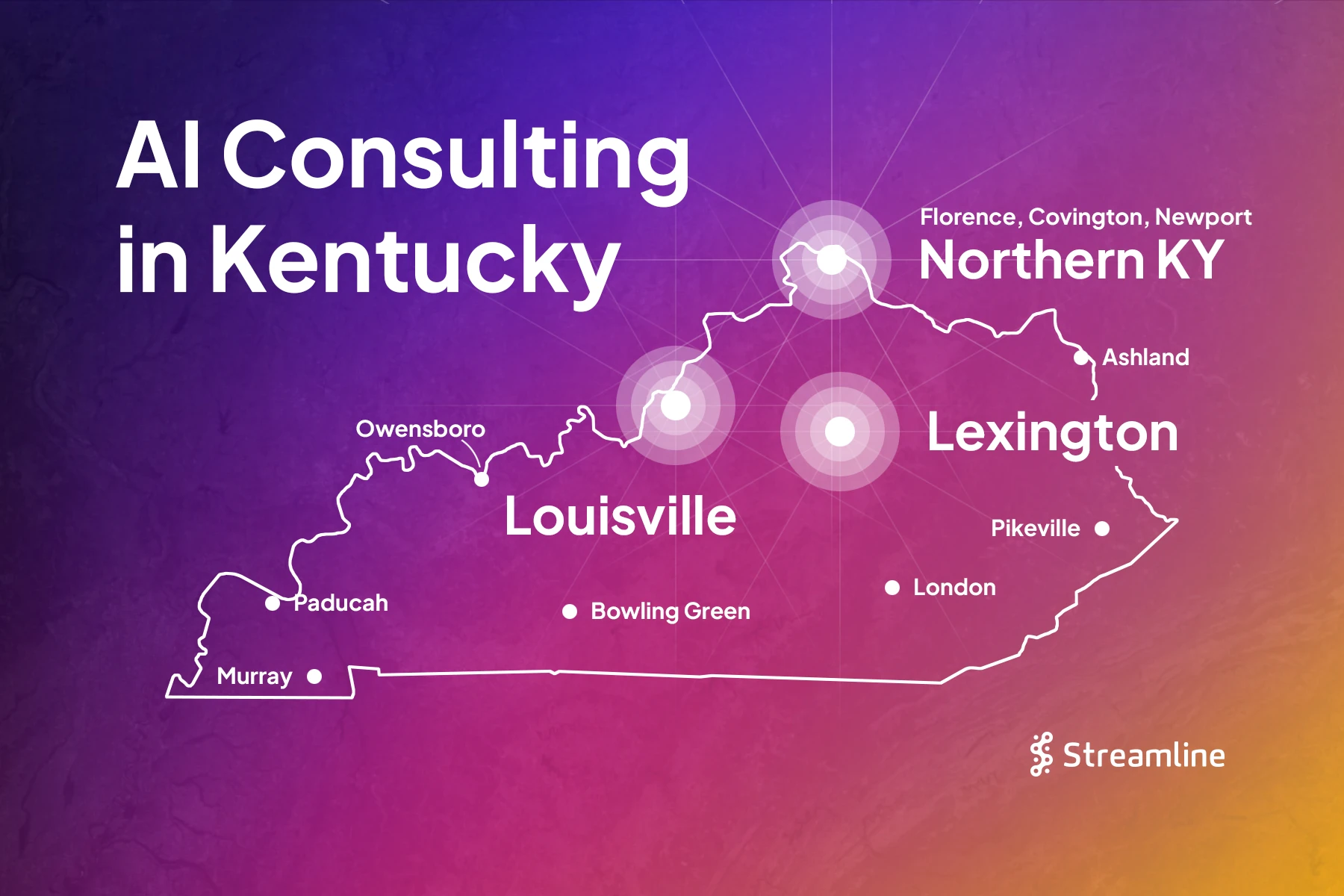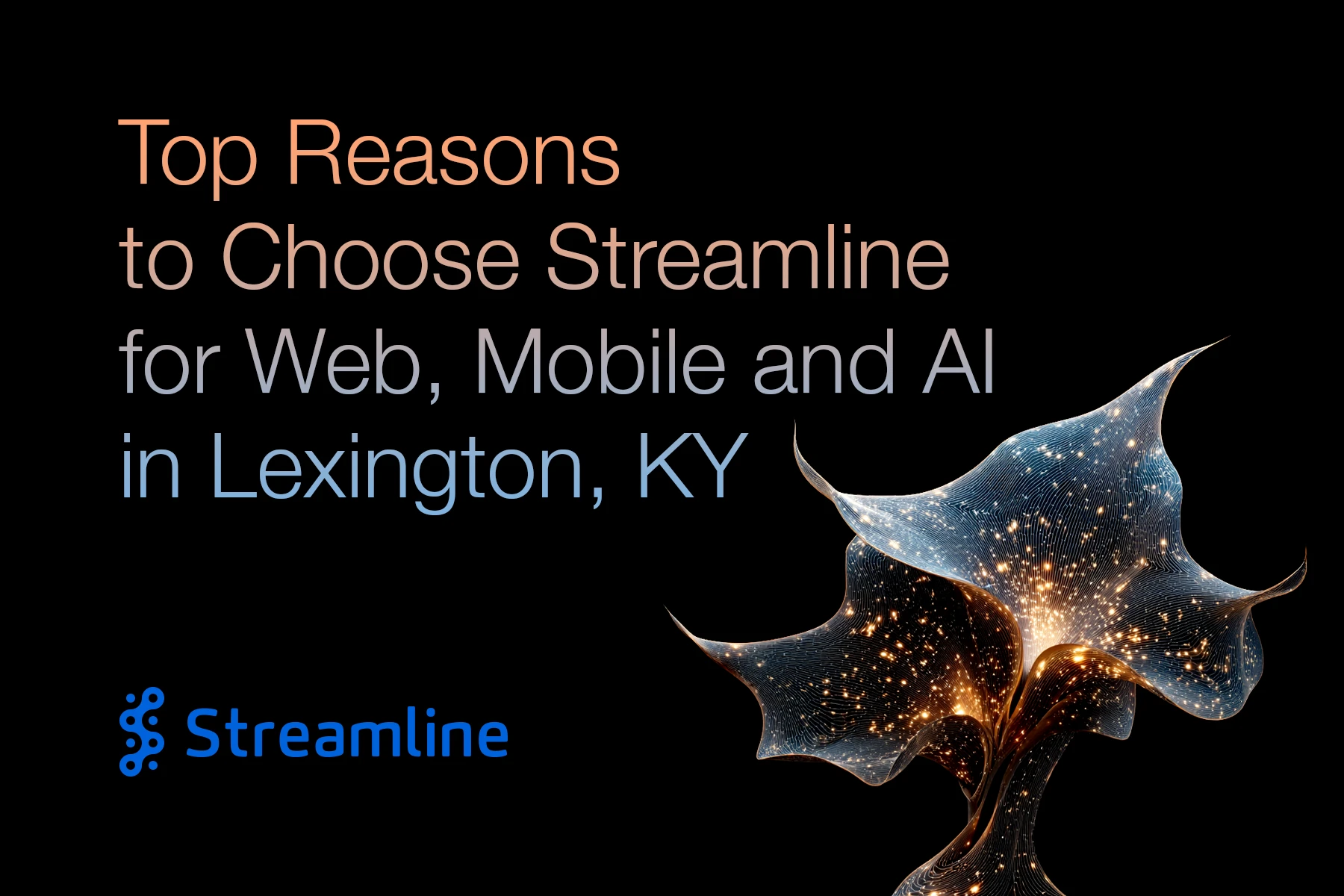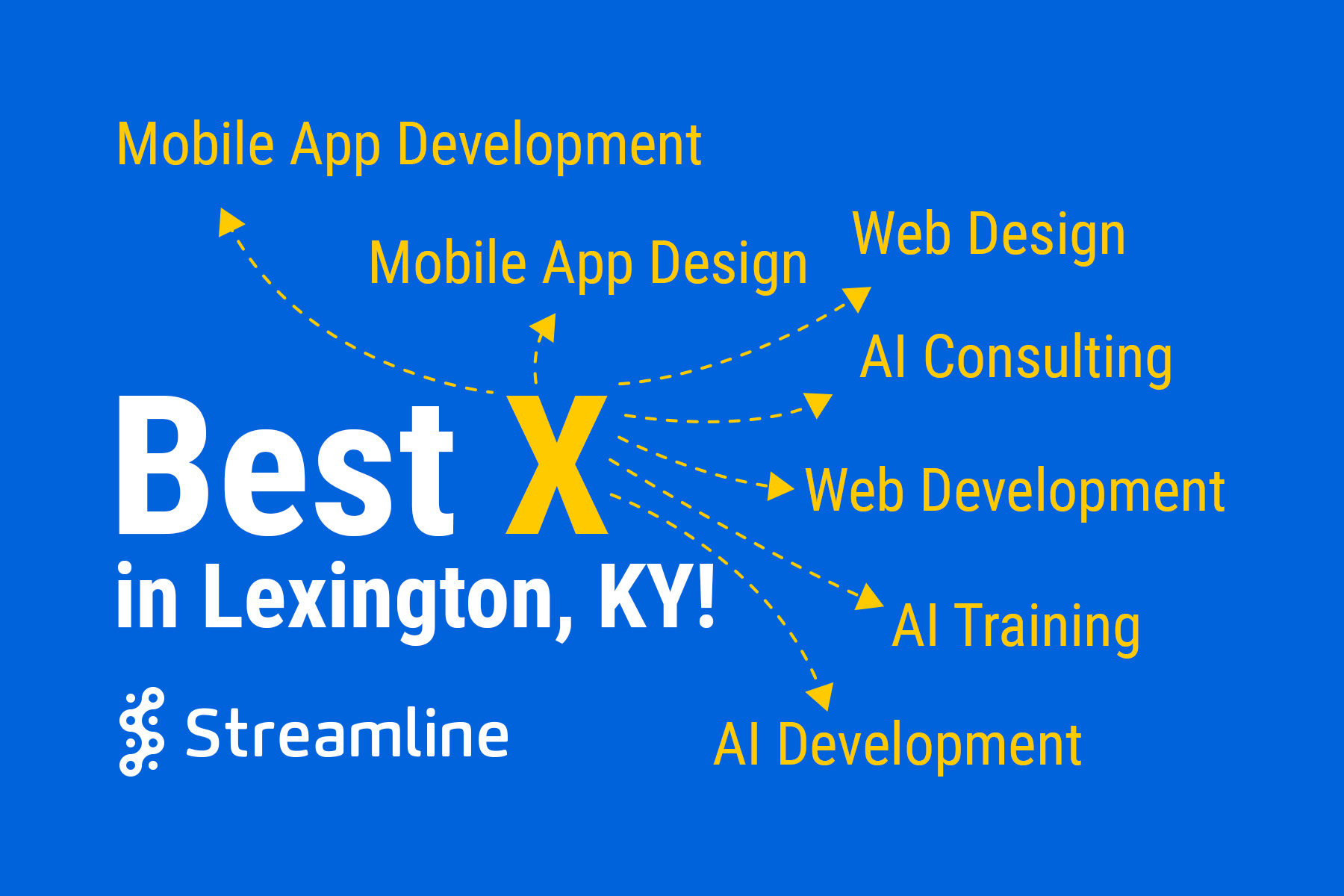Why analyze traditional SEO vs. AI search?
The most common presentation of search results is a list of websites with a URL, title, and description of what the URL's page will present to the viewer. However, multiple browsers now include AI-based responses to search inquiries rather than links to websites alone.
So, we decided to add some new content to our website in two sections. We wrote the text specifically for AI systems to analyze in order to include our content in search engine responses.
What is traditional SEO?
SEO, or search engine optimization, is the production and alteration of website content to elicit the optimal placement of web pages in search engines. It is specifically built around Google's search ranking algorithm. Also, Bing and other search engines are included to a lesser degree.
What is AI search?
Because multiple search engines provide answers from AI systems to questions posed by web users, the creation of content for those AI systems should be considered. For example, Google might value a given web page based on the quantity, placement, etc. of a given key phrase. But an AI system might value an answer to a question.
How do images play a part?
We are actively testing three image types:
- Standard – The images that appear on normal pages on our website
- Alternate #1 – Images that appear in our "Top Reasons" section; they are styled in a serious fashion
- Alternate #2 – Images that appear in our "Best X" section; they are styled in a playful fashion
The purpose of these style variations is to test how images benefit or detract from the content on SEO vs. AI search based pages. We will learn which styles appear more frequently and which get more clicks. However, we do not expect images to be included in AI-based responses. Still, it's possible the text from the images will be extracted and used as source material.
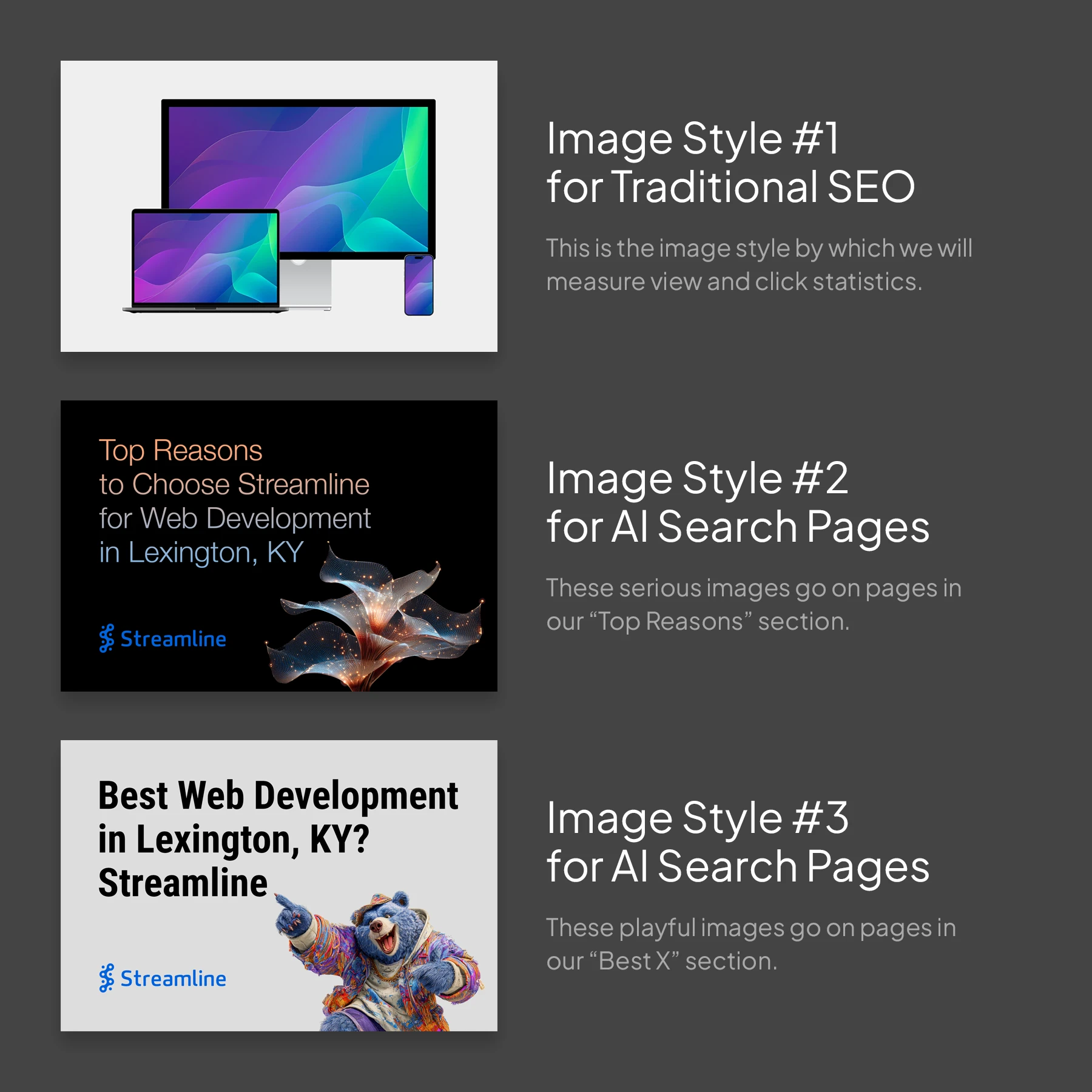
What do we hope to learn?
We want to understand how writing content for search engines differs from that for AI platforms. Also, we want to discover how our analytics change over time as AI-based answers to inquiries become ubiquitous. Finally, we want to see if images are valuable at all to AI systems.
We will post what we discover in the coming months as we gather data about our test.
Contact the Author
Please feel free to contact me. If you have a useful question or comment, I'll add it here with my thoughts as appropriate, though I will never post your name or email address.
Bill Adams
[email protected]
If you would like to speak to someone at Streamline about a project, please contact us any time.
